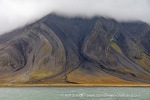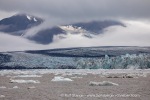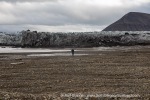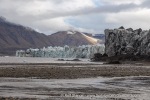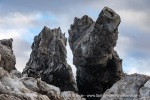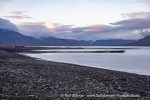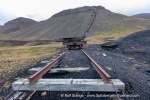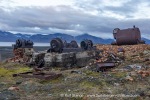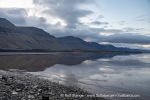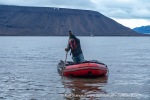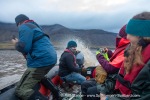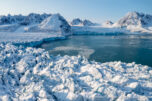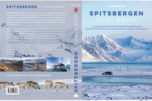-
current
recommendations- Liefdefjord
New page dedicated to one of Spitsbergen's most beautiful fjords. Background information and many photos.
- New Spitsbergen guidebook
The new edition of my Spitsbergen guidebook is out and available now!
- Liefdefjord
New page dedicated to one of Spitsbergen's most beautiful fjords. Background information and many photos.
Page Structure
-
Spitsbergen-News
- Select Month
- May 2025
- April 2025
- March 2025
- February 2025
- January 2025
- December 2024
- November 2024
- October 2024
- September 2024
- August 2024
- July 2024
- June 2024
- May 2024
- April 2024
- March 2024
- February 2024
- January 2024
- December 2023
- November 2023
- October 2023
- September 2023
- August 2023
- July 2023
- June 2023
- May 2023
- April 2023
- March 2023
- February 2023
- January 2023
- December 2022
- November 2022
- October 2022
- September 2022
- August 2022
- July 2022
- June 2022
- May 2022
- April 2022
- March 2022
- February 2022
- January 2022
- December 2021
- November 2021
- October 2021
- September 2021
- August 2021
- July 2021
- June 2021
- May 2021
- April 2021
- March 2021
- February 2021
- January 2021
- December 2020
- November 2020
- October 2020
- September 2020
- August 2020
- July 2020
- June 2020
- May 2020
- April 2020
- March 2020
- February 2020
- January 2020
- December 2019
- November 2019
- October 2019
- September 2019
- August 2019
- July 2019
- June 2019
- May 2019
- April 2019
- March 2019
- February 2019
- January 2019
- December 2018
- November 2018
- October 2018
- September 2018
- August 2018
- July 2018
- June 2018
- May 2018
- April 2018
- March 2018
- February 2018
- January 2018
- December 2017
- November 2017
- October 2017
- September 2017
- August 2017
- July 2017
- June 2017
- May 2017
- April 2017
- March 2017
- February 2017
- January 2017
- December 2016
- November 2016
- October 2016
- September 2016
- August 2016
- July 2016
- June 2016
- May 2016
- April 2016
- March 2016
- February 2016
- January 2016
- December 2015
- November 2015
- October 2015
- September 2015
- August 2015
- July 2015
- June 2015
- May 2015
- April 2015
- March 2015
- February 2015
- January 2015
- December 2014
- November 2014
- October 2014
- September 2014
- August 2014
- July 2014
- June 2014
- May 2014
- April 2014
- March 2014
- February 2014
- January 2014
- December 2013
- November 2013
- October 2013
- September 2013
- August 2013
- July 2013
- June 2013
- May 2013
- April 2013
- March 2013
- February 2013
- January 2013
- December 2012
- November 2012
- October 2012
- September 2012
- August 2012
- July 2012
- June 2012
- May 2012
- April 2012
- March 2012
- February 2012
- January 2012
- December 2011
- November 2011
- October 2011
- September 2011
- August 2011
- May 2011
- April 2011
- March 2011
- February 2011
- January 2011
- December 2010
- November 2010
- September 2010
- August 2010
- July 2010
- June 2010
- May 2010
- April 2010
- March 2010
- February 2010
- November 2009
- October 2009
- August 2009
- July 2009
- June 2009
- May 2009
- April 2009
- March 2009
- February 2009
- January 2009
- December 2008
- November 2008
- October 2008
- August 2008
- July 2008
- June 2008
- May 2008
- April 2008
- March 2008
- February 2008
- April 2000
- Select Month
-
weather information
-
Newsletter

| Guidebook: Spitsbergen-Svalbard |
Home →
Yearly Archives: 2024 − News
Russian drone pilot absolved, high compensation
Norway banned the use of drones for all Russian citizens in Norwegian airspace after the start of the full-scale Russian invasion of the Ukraine. In the following month in 2022, several Russians were nevertheless caught flying drones in Norway, including cases with a real suspicion of espionage.
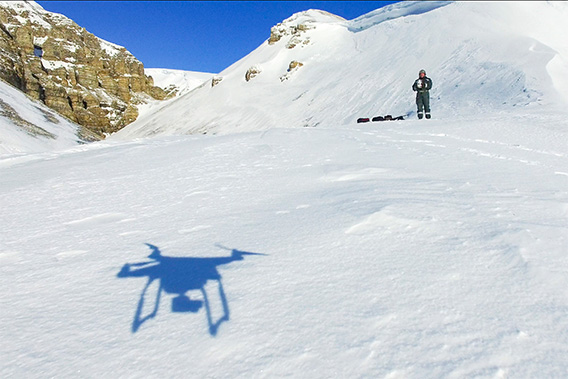
Drones in Spitsbergen: not allowed for Russians since 2022.
Other cases may be of a more harmless nature, and it was presumably such a case where the Russian-British citizen Andrey Yakunin now was not only absolved, but actually receives a high compensation from the Norwegian state.
Yakunin, a wealthy businessman, is said to have indirect connections to Putin through his father. In the summer of 2022, he was travelling in Spitsbergen with a yacht. It was during that trip that he had used a drone several times. In the following trials, he relied on his British citizenship and on himself being unaware of the ban on drones for Russians. Yakunin spent 51 days in prison on remand.
A suspicion of espionage appears to have been ruled out. The images taken with the drones seem to have been of a harmless, touristic nature.
Now Yakunin was dissolved in the court of last resourt. Previous trials had also ended with acquittal, but the public prosecutor had chosen to appeal.
According to the latest verdict, Yakunin will get compensation for a significant part of the costs for his lawyers and for his time in prison, altogether 4.1 million kroner (just above 380,000 Euro), as Barentsobserver and NRK reported.
Goodby, Meander! Farewell, summer!
Yes, it is mid October and the summer has left Spitsbergen weeks ago already. Most migrating birds have gone their way, and so did SV Meander on Monday. Safe sailing! See you again, up here next year at the latest, possible already in November in Norway.
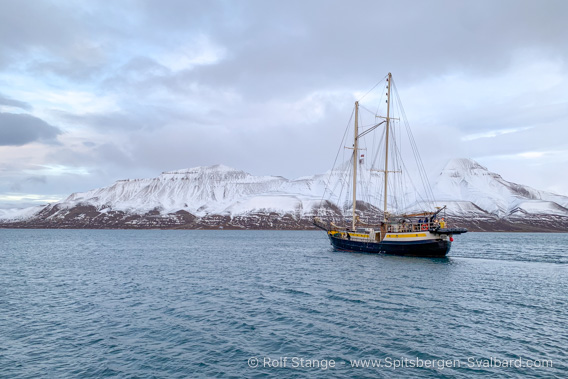
SV Meander leaving Longyearbyen on Monday.
At the time of writing (Wednesay), it was 3 degrees above freezing, far warmer than it usually is in October. Nevertheless: the arctic winter is just around the corner. The polar night will start in just 11 days (last sunrise in Longyearbyen: 25 October). There is no water running in the rivers anymore. Cold and snow will come soon.
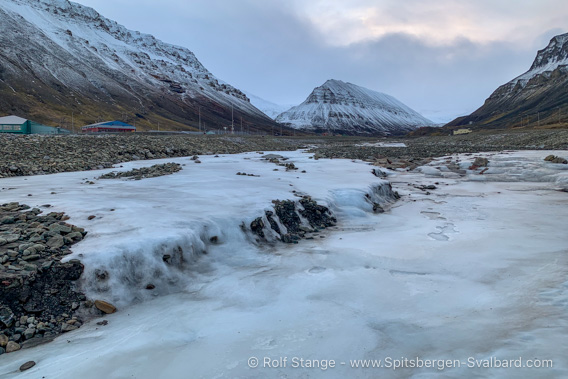
The river in Longyearbyen, 15 Oktober.
For many in Longyearbyen (including this author), there is a calm time coming up right now. The Dark Season Bluesfestival will happen in late October as usual, and there are always some smaller events like public presentations and others. For me, there is a lot of office work after a long summer of sailing the coasts of Svalbard. Besides the rather boring stuff including bookkeeping and so on, there are a lot of photos to be sorted – and used, for editing triplogs which are in the making together with their associated pages on this website with plenty of photo galleries. They are well worth having a look (start here for the overview), it was a great season. Recently I finished and published the triplogs of the trips with Arctica II in August and Meander in late August/early September. Antigua in September will be coming up soon.
The new calender “Spitsbergen & Greenland” 2025 is available
The new double calender “Spitsbergen and Greenland 2025” is available!
As usual, it is a double calendar. That means that you don’t get 12 (actually, 14) pages which blank back side, but all pages are put to good use on both sides, so you get 24 beautiful images with no comprommise in terms of size for the 12 months! Of course, there are 12 pictures “Spitsbergen” – after all, the calendar started its life in 2013 as a Spitsbergen calendar. And in 2025, the second theme is Greenland, or east Greenland, to be precise, namely the amazing Scoresbysund.

The new Double calendar 2025: Greenland is the featured second theme.
You will find more information including previews of all sides, prices and the option to order the new calendar here in the Spitsbergen-Svalbard online shop.
My Spitsbergen (+) calender comes every year with a completely new selection of images, obviously in limited edition. If you want to do me a huge favour then leave a rating (review) in the product description if you like it. That helps immensely in today’s internet world. And while you are at it, maybe you can also donate some stars and a few – no need for long texts! – friendly words with other books that you may have or otherwise know. The new Spitsbergen photo book Cold beauty does, for example, not yet have any ratings, which means it remains a bit silent and hidden in a dark corner of the internet. Something you can change with a mouseclick or two …
I wish you a good weekend, pleasant and safe, wherever you are! Greetings from Longyearbyen, Rolf Stange ❄️🙂
Svalbard geopolitics: recommended presentation
Svalbard geopolitics – a big thing. How is it really about sovereignty, is Svalbard really part of Norway or some kind of international area? How is it with the Russian settlements, what kind of ideas might Putin have, and what about the sea areas … big questions. And there are a lot of misunderstandings about them out there.
I have written a lot about all of that on these pages, it is not about repeating these contents here. It is about a presentation that was held last night (Tuesday, 08 October) and that you can see on Youtube (click here). If this link does not work, then copy
https://polarshort.de/90jiu
and paste it into your browser. In any case, start at 37 minutes, it is the complete livestream that was started well before the actually presentation actually started

This includes a good bit of what you should know about Svalbard geopolitics.
The presentation by Andreas Østhagen from the Fridtjof Nansen Institute explains the politics and clears some common misunderstandings. After a break (fast forward the Youtube version), Tiril Vold Hansen from the Nord University offers her perspective on recent issues including new regulations for tourism. Interesting stuff. Then mayor Terje Aunevik rounds the evening off.
The presentations were arranged by Svalbard Museum. Thank you for that!
Barentsburgians become Svalbardians
It is, to start with, just an administrative act: the inhabitants of Barentsburg are now being registered by Norwegian authorities in the register of inhabitants of Svalbard. Until now, this was only done for inhabitants of Longyearbyen; now this practice will also be used in the other settlements. Next to Barentsburg and Pyramiden, this also includes the Polish research station in Hornsund and Ny-Ålesund, in any case provided a minimum stay of half a year for anyone to be registered as a local.
Norwegian authorities want a better overview of who is living in Svalbard. In exchange, those registered as locals do get certain rights, including more opportunities within fishing and hunting, wider-ranging rights to travel freely over larger parts of the archipelago and no environmental fee on flight tickets to Longyearbyen (which is generally included in any flight ticket to Longyearbyen). Locals can also buy a hut or flat; something that is, however, likely to remain a dream for most, considering that there are hardly any offers and, if any, prices are usually beyond of what most can pay.
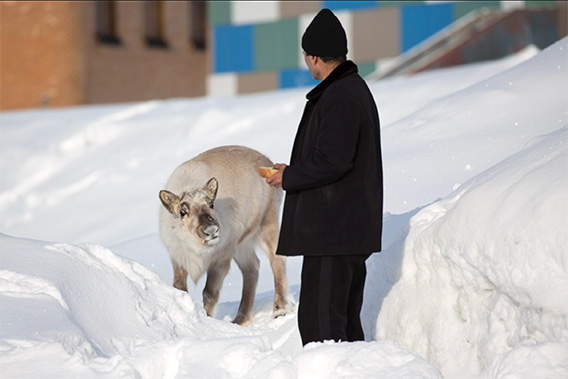
Locals in Barentsburgs. Reindeer will, however not be registered.
For many however, it may make a difference to get a personal number (for non-Norwegian citizens: a so-called D-number) which is essential for things like opening a bank account in Norway, getting a mobile phone contract or pretty much any kind of insurance, register a car or snow mobile or being able to use the payment app Vipps which is very common in Norway. Some may also appreciate the opportunity to buy alcohol more freely in Longyearbyen.
According to information provided by the Russian mining comany Trust Arktikugol, there are as of 01 September 340 people living in the Russian settlements, by far most of them in Barentsburg. Amongst there, there are 202 men, 109 women and 29 children. 219 people have Russian passports and 57 are Ukrainians. In addition, there are 62 Tajiks, one Kazakh and one person from South Africa, according to Svalbardposten.
Missing yacht Kobben back in Norway
Good news, for a change! The little motor sailing Kobben is back in Norway, the man on board is in good condition, considering all circumstances.
Kobben had left mainland Norway on 13 September with course for Longyearbyen but never arrived. A major search and rescue operation was started with major resources, including several helicopters, fixed-winged aircraft and ships, but the search did not yield any result. Due to a lack of any information about the boats whereabouts, the whole sea area between north Norway and Spitsbergen had to be searched. The operation was abandoned after several days, and the worst was feared due to stormy weather in the relevant period.

The yacht Kobben is back in Norway (photo: Norwegian SAR authority).
On Friday (27th September), Kobben was finally close enough to land, the islands of Vesterålen in north Norway, for the man on board to contact his family by mobile phone who could then inform the SAR authority. The boat had engine troubles and was towed into the port of Andenes, as NRK reports. One can only suspect that communication equipment on board was insufficient or malfunctioning or both. But that’s details, questions others may ask when the time is up for it – most importantly, the man is back home and well. He is said to have done the crossing between Norway and Spitsbergen more than 40 times.
Missing motor yacht Kobben most likely lost
The SAR (search and rescue) operation for the motor sailing yacht Kobben is discontinued without result, and it appears more than likely that the boat met a tragic end at sea.
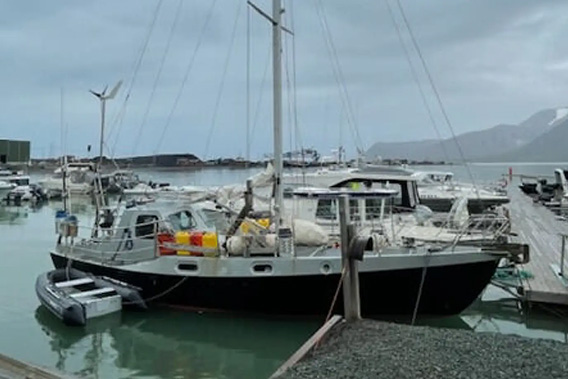
The missing yacht Kobben in mainland Norway (photographer unknown).
Kobben left north Norway on Friday, September 13, with course for Longyearbyen, but the boat never arrived. After departure, there was no further contact that could give an indication about the whereabouts or fate of the boat. The crew was one man, a Norwegian of +70 years who is said to have had considerable regional sailing experience.
Kobben did not have an AIS system that could have sent a position by radio signals. The lack of any information made the whole Barents Sea from mainland Norway to Longyearbyen including south Spitsbergen an area that SAR forces had to work their way through, which was done with helicopters, fixed-wing aircraft and ships. But now the search is discontinued, Kobben is still missing and there is little hope for her brave single-handed sailor.
The weather has been quite stormy in the relevant area and period of time.
A prison for Barentsburg
The best political ideas come from Russia these days (and just in case someone does not understand the sarcasm here: the complete opposite is obviously the case). Member of parliament Ivan Sukharev said according to Barents-Observer that Russia should build a prison for terrorists in Spitsbergen to isolate them there. Alternatively, he suggested Novaya Zemlya, a Russian arctic island southeast of Svalbard. It would be nothing less than a revival of the terrible Gulag system of Sovjet times.
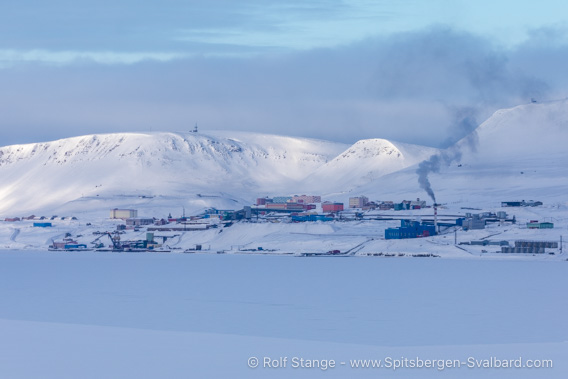
Norwegian law fully applies in the Russian settlement Barentsburg in Spitsbergen.
The Russians can run a coal mine and tourism, but no prison.
The Norwegian Sysselmester (high government representative) Lars Fause quickly made clear that the whole territory of Svalbard including the Russian settlements are under Norwegian law and sovereignty. No state or other entity other than the Norwegian state is entitled to carry out duties of sovereigny such as criminal prosecution, including running a prison. Russian does not have any sovereign rights in Svalbard. According to the Spitsbergen Treaty, a Russian company such as Trust Arktikugol may run a coal mine or tourism on their properties in Barentsburg and Pyramiden, but nothing that involves sovereign rights.
Rain warning issued for Longyearbyen
Rain? We have had our share of rain in Spitsbergen this summer, that’s for sure. And that is exactly the problem with those 25 mm of rain that the Norwegian meteorological service predicts for Friday (06 September): the soil is already pretty much water saturated and any additional rain will this run off quickly at the surface, which may lead to flooding and thus to damage. Earlier this year the pedestrian bridge Perleporten was damaged by flooding in Longyearbyen.
Additionally, rain penetrating into the ground may cause soil layers to thaw that have been frozen for hundreds or even thousands of years. This may affect slope stability around Longyearbyen and other areas.
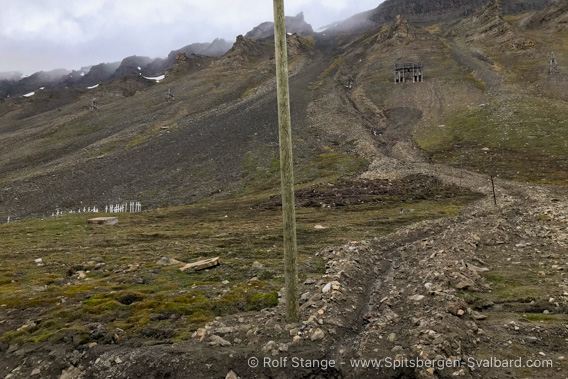
Older landslide in Longyearbyen, near the cemetary (left side in the picture): similar events may happen after the strong rainfall expected on Friday.
SAS strike
The airline SAS on the ground due to strike – this reminds of the very unpleasant (to put it mildly) situation in July 2022, which showed how much a remote place like Longyearbyen depends on reliable traffic, especially air traffic. This time, it is the cabin staff.
As usual in such a situation, the further development is hard to predict. It is by no means clear that consequences will be as drastic as in July 2022, an agreement between the conflict parties may be reached at any time. And by the way, the other airline, Norwegian, is not affected anyway.
Svalbardposten reported on Friday that, as far as Longyearbyen is concerned, traffic is expected to work as scheduled during the weekend but the strike may pick up on Wednesday, without anything in particular being said about Monday and Tuesday.
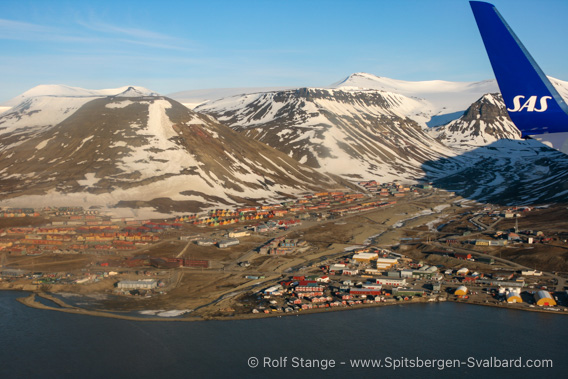
SAS and Longyearbyen: occasionally a complicated relationship. Currently, an upcoming strike might affect flights for an uncertain period of time.
Travellers booked on flights affected by the strike are contacted by the airline directly. Those who don’t get any message should expect their flight to departure as scheduled.
Fingers crossed for everybody who is travelling these days!
Rindersbukta: Scheelebreen. Sveagruva
We went as far into inner Van Mijenfjord as possible, into Rindersbukta, in order to escape from rain and fog that was currently hanging on to the west coast. In Rindersbukta, there is a glacier that is currently advanving rapidly (“surging”). Usually hidden deep in its valley and not much of an eye-catcher, Scheelebreen has advanced quite a bit so it is now almost blocking the bay. Very impressive!
Later we had a very special opportunity, namely visiting the site that used to be the mining settlement of Sveagruva. The settlement was abandoned and cleaned up after 2017 and not there is not much left, just a very few buildings that are protected as cultural heritage and some bits and pieces that are still there for the same reason or … well … the place could do with a last round of vacuum-cleaning, but well, considering the whole matter, they did a pretty good job. Just a couple of days ago, the place was officially returned to nature (including a few extra goodies that had not been there before mining started).
If you are interested in the history of Svea and associated coalmines including the Lunckefjellet mine, there is a whole set of pages on spitsbergen-svalbard.com with a lot of information, photos and panorama images. Click here to start.
Photo gallery: Rindersbukta: Scheelebreen. Sveagruva – 22nd August 2024
- gallery anchor link: #gallery_3234
Click on thumbnail to open an enlarged version of the specific photo.
The Arctic Row 2024: from Tromsø to Longyearbyen in a rowing boat
In a rowing boat from Tromsø to Longyearbyen – possibly not everybodies dream and without any doubt something that many would consider crazy or even impossible. That was obviously not shared by Andy Savill, Toby Gregory and Orlaith Dempsey, who started “The Arctic Row 2024” in Tromsø and arrived in Longyearbyen on Friday (16th August) after 16 strenuous days across the Barents Sea.
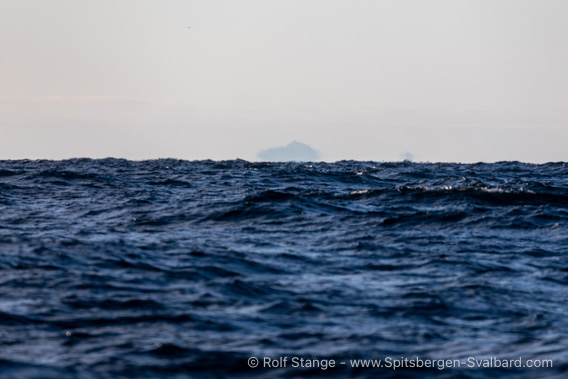
Across the Barents Sea (with Bjørnøya in the background) in a rowing boat.
The boat is specially designed, but nevertheless the crew experienced some technical difficulties. Near Bjørnøya, the auto steering system failed and the crew had to steer manually with ropes, something that disturbed the watch system and cost a lot of sleep. The three were accordingly quite exhausted when they arrived in Longyearbyen on Friday afternoon; they told Svalbardposten that good sleep in a real bed, a shower and food where the highest priorities on their personal wishlist.
During the crossing, the team collected observations and data including underwater sound recordings for education and science and to rise environmental awareness.
New temperature record for Longyearbyen
Hot news from Longyearbyen, in the truest sense of the word. The meteorological station at Longyearbyen airport recorded a stunning 20.3 degrees centigrade yesterday (Sunday, August 11) between 1400 and 1500 – warmer than any August day before on record, which goes back to 1964.
And it was without any doubt also warm in Longyearbyen, as we can confirm from our own experience.
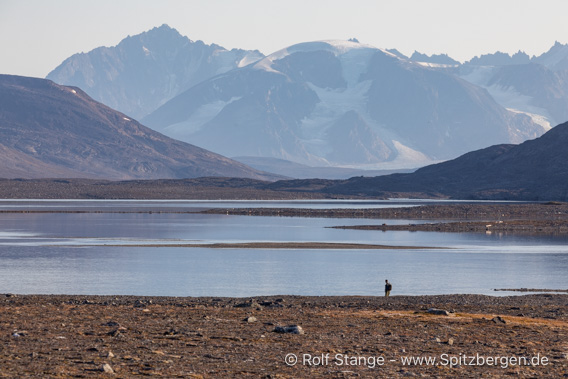
It felt like 30 degrees on Sunday on the north coast of Spitsbergen ☀️🥵 it may well have been close to 20 degrees, but we don’t have a proper thermometer here.
June, July: warm and wet
June and July provided some new entries to a long range of record-breaking weather data in recent years. Climate change is happening and it is stronger in the Arctic than elsewhere.
The monthly temperature average for June, as officially measured at Svalbard airport Longyear, was as high as 8.3 degrees centigrade, higher than ever before on record.
July was 1.3 degrees warmer than the monthly average, which now refers to the reference period of 1991-2020, a period already significantly warmer than the previous reference period 1961-1990.
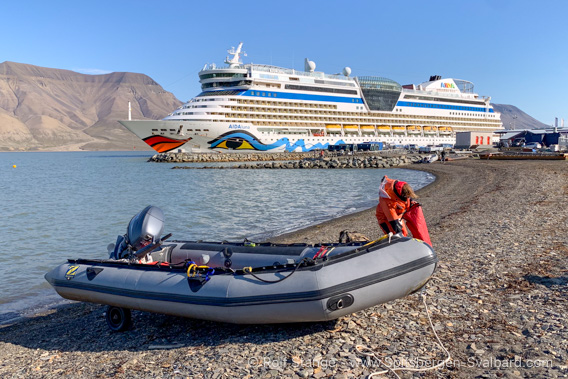
Temperature records in Spitzbergen: travellers could enjoy some warm and sunny summer days both on small boats and on big ships …
But what really caught the meteorologist’s attention in July was the precipitation rather than temperature. With a stunning 48.7 mmm, it was more than twice as much rain than usual (20 mm), as the meteorologist at Svalbard airport told Svalbardposten. And indeed there were some very wet days in July, as both locals and tourists can confirm. The small pedestrian bridge Perleporten in Longyearbyen (named after a coastal cave on Bjørnøya) was damaged by torrential runoff during strong rainfalls.
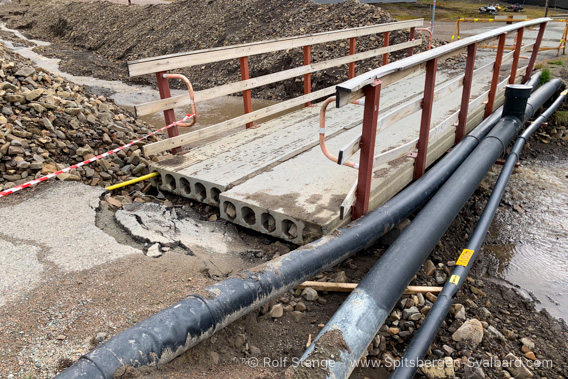
… but there was also wind, fog and rain, and not too little of it all. This is the pedestrian bridge Perleporten in Longyearbyen, which was damaged during heavy rainfalls.
No Barneo flights from Longyearbyen
The Russian north pole drift ice camp Barnea has been an annual event from 2002 for a couple of weeks each spring. Officially, it is mainly for science, but it was regularly used by north pole tourists and at least occasionally for military purposes such as in April 2016, when Chechen special forces made a brief appearance in the airport of Longyearbyen on transit to Barneo on a Russian-led training mission.
But the main use appears to be within tourism: for prices from 20,000 dollars and more, tourists could fly from Longyearbyen to Barneo and continue from there to the north pole by helicopter or ski.
The flight logistics for tourists used to go through Longyearbyen airport, but this hub has not been available for this purpose since 2018. This has led to negotiations between the organisation behind Barneo, officialy a Swiss company, and Norwegian authorities.
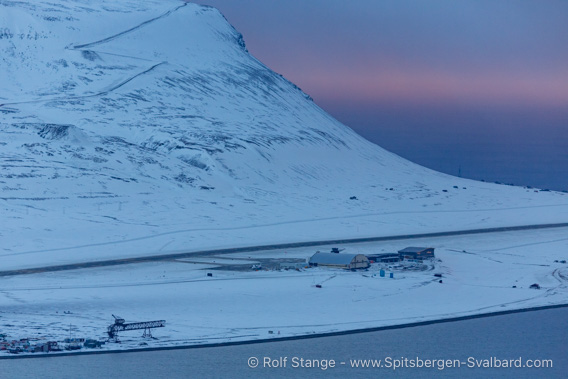
Svalbard lufthavn Longyear in April, the Barneo-season: no north pole flights from there.
Recently the Norwegian government confirmed their negative answer: the airport near Longyearbyen is at times operating near its capacity limits, and necessary standby emergency services are limited. It comes in addition that the extra burdon on the local flight handling capacities did usually not benefit the local community as Barneo tourists would usually not stay in Longyearbyen. These are amongst the main arguments for the Norwegian traffic ministry, according to Svalbardposten.
The Swiss Barneo company may still take legal steps against this decision.
News-Listing live generated at 2025/May/04 at 03:18:25 Uhr (GMT+1)

